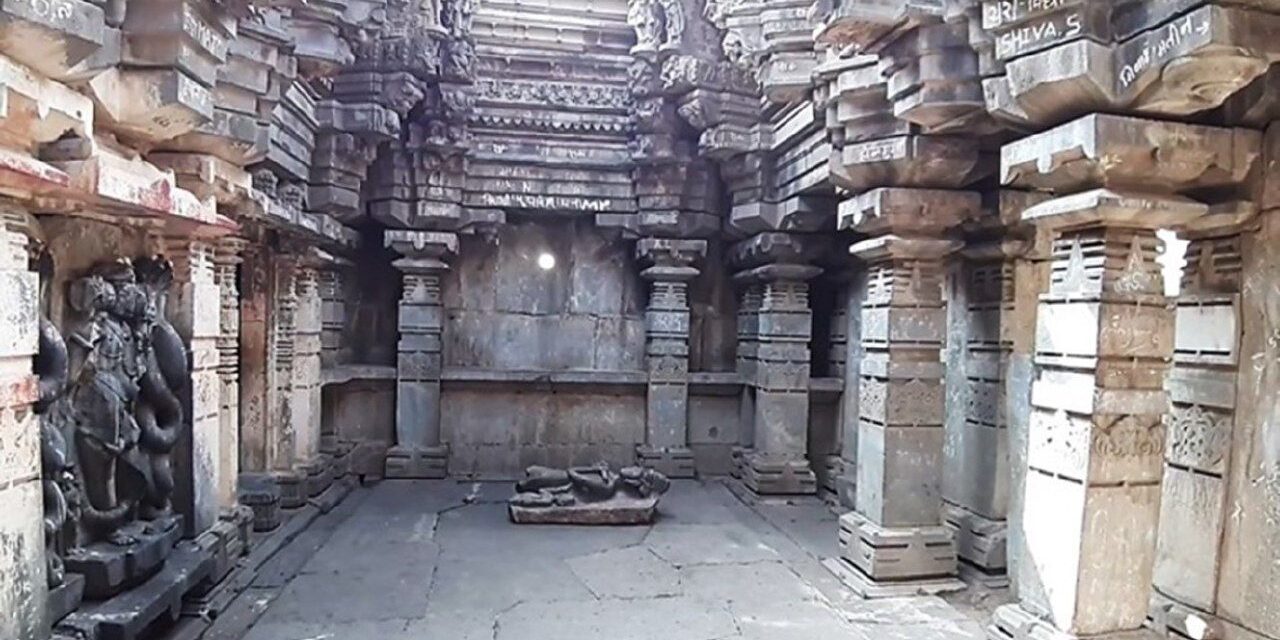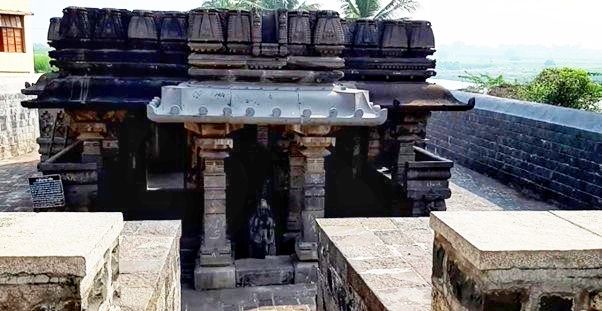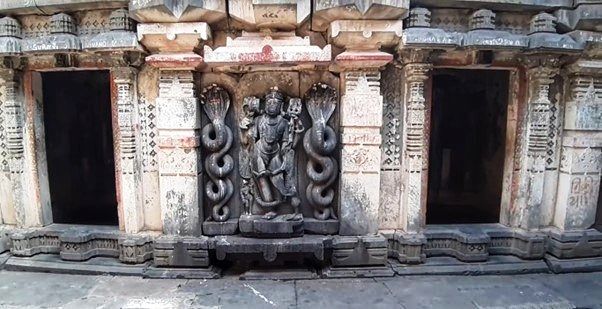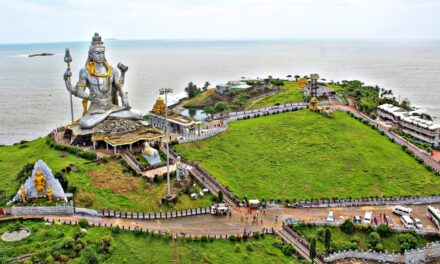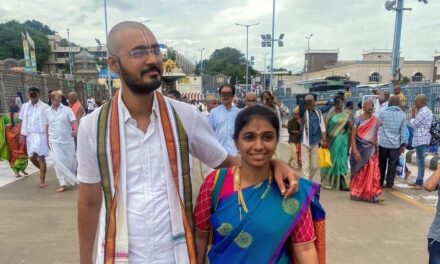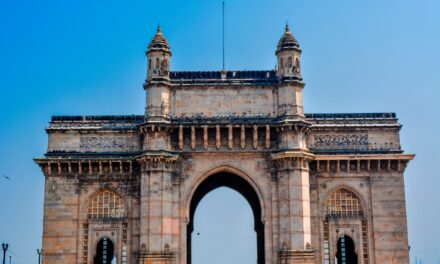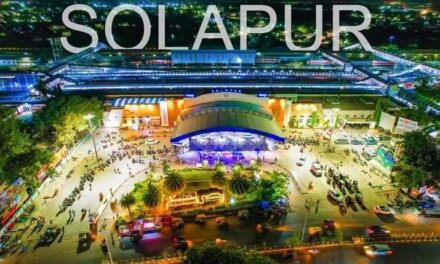Located on the Maharashtra-Karnataka border, and at the confluence of the Bhima-Sina river, this Hattarsang Kudal is not less than any treasure.
In Kannada language, Kudal means Sangam(confluence).
Here is one of the oldest temples in the history of Solapur, namely Sangameshwar and Revan Siddheshwar.
In ancient times, it was an important place for halt for migrants traveling from north to south, or from south to north.
There is a stone inscription in the Sabha Mandap of Sangameshwar Temple, on which two and a half sentences are written. But the last line is in Marathi, where it is written ‘Yavachhi to vijeya ho aiva’, that is ‘The one who reads will be victorious’. It is said to be the earliest inscription in Marathi language.
This inscription is written in AD 1018, and according to the Hindu calendar, in 940, i.e 150 to 200 years before the Dnyaneshwari was written.
To the west of Sangameshwar temple, there is a Harihareshwar temple, which is also called as Revansiddheshwar.
There is no evidence on who built it, but from the style it is made it is clear that it was probably built in 11th to 12th century.
There is a cave which is considered as a samadhi place of Basaveshwara’s guru, Vedaka Mudhi. Basweshwara, also known as Basava or Basavanna was an Indian philosopher, poet, Lingayat social reformer in the Shiva-focused bhakti movement.
As this place was of great importance for Chalukyas, many saints like siddharameshwar, Alam Prabhu used to visit here.
Its construction is such that, during the Summer Solstice and Winter Solstice the sun’s rays, passing through the middle of the 5 doors, falls on the statue.
Shaiva, Vaishnav, Jain and Buddhist religious idols are also being found here during excavation. There is also a unique statue with one face and 5 bodies.
Here is not just the confluence of rivers, but also a beautiful confluence of knowledge, science, devotion, devotion and nature.
This information is provided by the temple authority.

